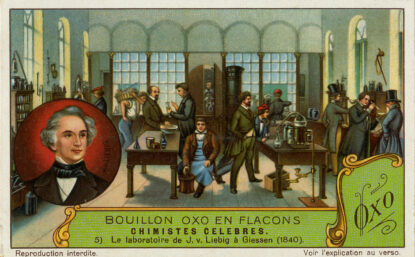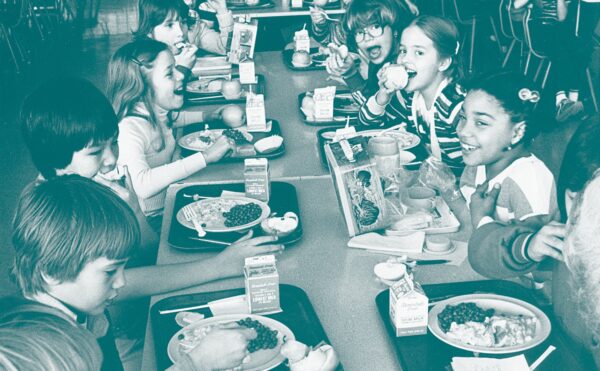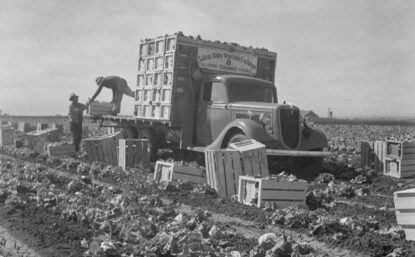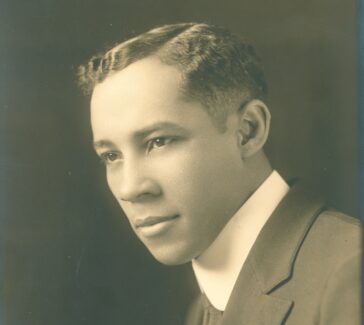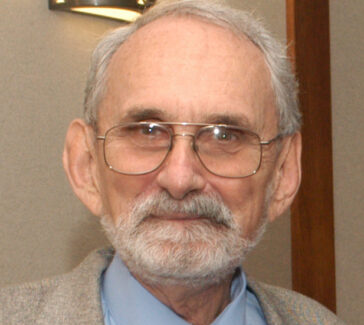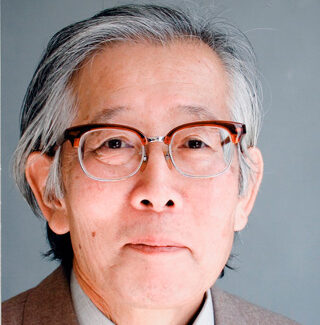Justus von Liebig and Friedrich Wöhler
In the first half of the 19th century, Germany was a leading force in chemistry, thanks in large part to the work of Justus von Liebig and Friedrich Wöhler.
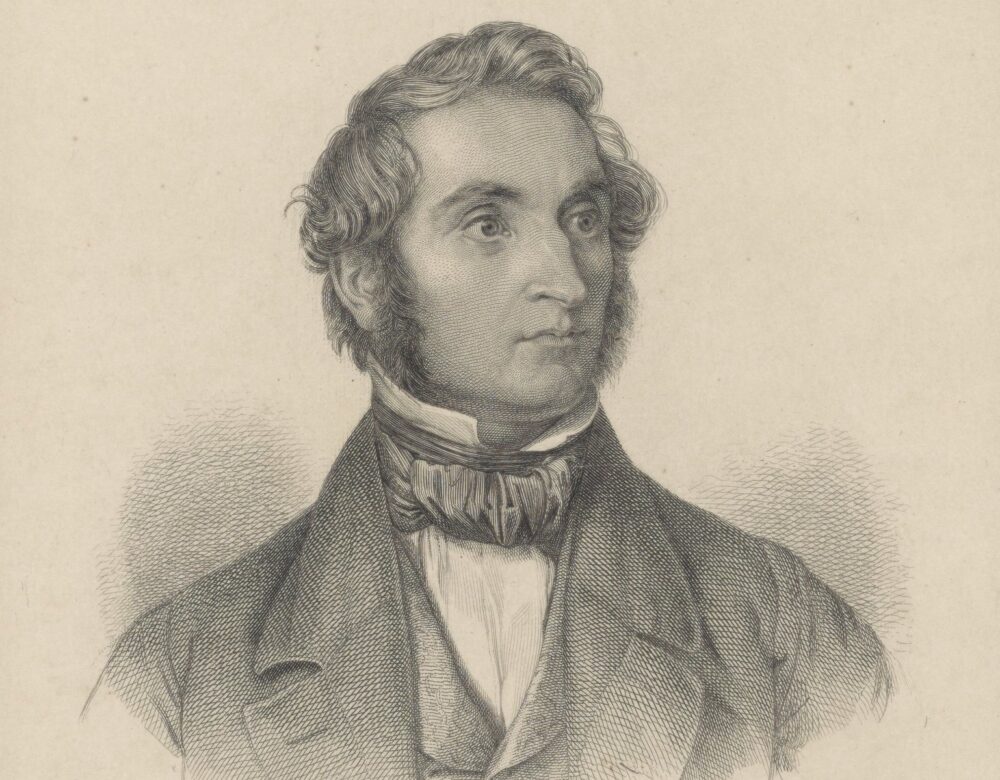
In the first half of the 19th century, Germany was a leading force in chemistry, thanks in large part to the work of Justus von Liebig and Friedrich Wöhler. They conducted pioneering research in organic chemistry, as well as other fields, and created model teaching laboratories that became imitated around the world.
Liebig (1803–1873) and Wöhler (1800–1882) were friends who helped make organic chemistry a field of systematic study within the framework of known chemical laws. Jöns Jakob Berzelius had earlier named those compounds that were formed from four elements alone—carbon, oxygen, hydrogen, and nitrogen—“organic,” because they always they always seemed to be the products of living beings composed of complex yet highly organized systems.
The thinking was that such substances could not be created in the laboratory from inorganic materials, and thus a “vital force” beyond the understanding of chemists was necessary to explain their existence.
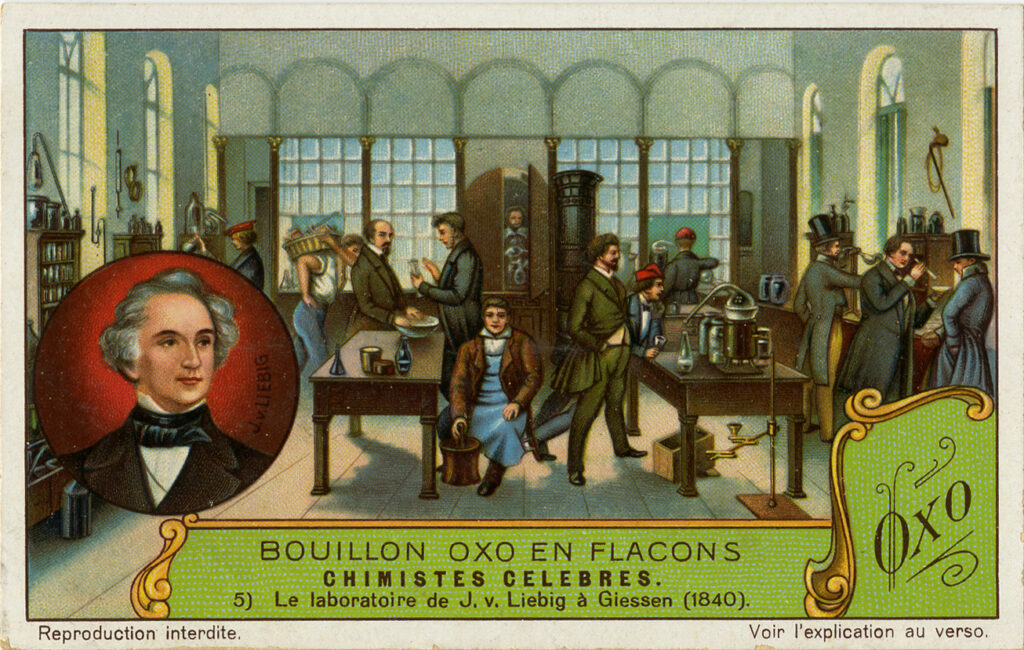
Liebig’s Lab at Giessen and Annalen
Liebig learned to perform chemical operations as a child in his father’s small laboratory, which was maintained to support the family drug and painting-materials business in Darmstadt, Germany. After Liebig finished his university studies in Germany, his ambitions led him to work in Paris with Joseph Louis Gay-Lussac, who was at the forefront of chemical research at that time.
Liebig was soon appointed to the University of Giessen, where he immediately set about providing the kind of opportunities he had enjoyed in Gay-Lussac’s laboratory, but for many more students at a time. He thus created a model laboratory for training graduate students.
This model was widely imitated in Europe and later on in the United States. From Giessen he also edited the journal that was to become the preeminent publication in chemistry, Annalen der Chemie und Pharmacie. After 25 years at Giessen he moved on to the University of Munich.
Wöhler’s Work with Berzelius
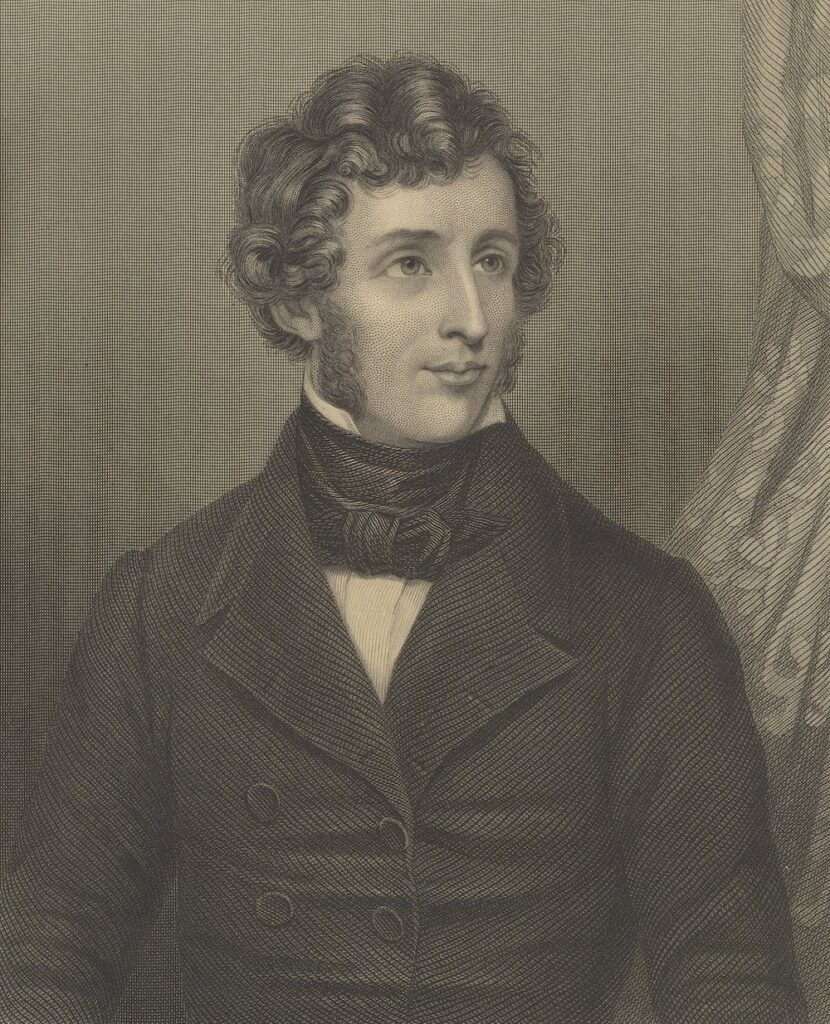
Wöhler, driven by a need similar to Liebig’s to obtain the finest education in chemistry, went to Sweden to study with Berzelius after taking his medical degree at the University of Heidelberg. Even after returning to Germany, Wöhler remained Berzelius’s loyal supporter for many years, translating several editions of Berzelius’s textbook into German as well as his annual reports on chemical progress.
The University of Göttingen, where Wöhler taught for nearly 50 years, became—like Giessen with Liebig—an international mecca for chemistry graduate students.
Isomers
The friendship between Liebig and Wöhler began in 1825, after they amicably resolved a dispute over two substances, cyanic acid and fulminic acid, that had apparently the same composition but very different characteristics: the silver compound of fulminic acid, investigated by Liebig, was explosive, whereas silver cyanate, as Wöhler found, was not. These and similar substances, called “isomers” by Berzelius, led chemists to suspect that substances are defined not simply by the number and kind of atoms in the molecule but also by the arrangement of those atoms.
Perhaps the most famous creation of an isomeric compound was Wöhler’s accidental synthesis of urea in 1828, when he was attempting to prepare ammonium cyanate (which he later succeeded in preparing by allowing the crystals to form at room temperature instead of by evaporating the solution). The feat of imitating nature in the laboratory was a truly exciting experience—as Wöhler expressed it in his often-quoted letter to Berzelius: “I can no longer, so to speak, hold my chemical water and must tell you that I can make urea without needing a kidney, whether of man or dog; the ammonium salt of cyanic acid is urea.”
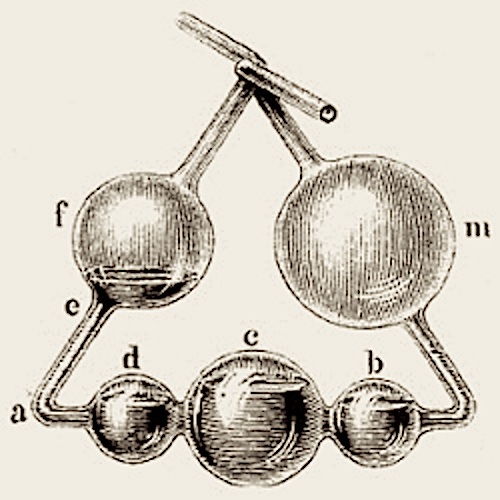
A “Radical” Collaboration
The most significant result of Wöhler’s and Liebig’s collaboration was their discovery of certain stable groupings of atoms in organic compounds that retain their identity, even when those compounds are transformed into others. The first such grouping they identified was the “benzoyl radical,” found in 1832 during a study of oil of bitter almonds (benzaldehyde) and its derivatives.
Their original objective was to buttress Berzelius’s dualism theory in the realm of organic chemistry by thinking of radicals as organic chemical equivalents of inorganic atoms. But they gradually recognized that the substitutions that chemists effected within radicals—of electropositive hydrogen by electronegative chlorine, for example—seriously threatened dualism as a comprehensive explanation of bonding in organic chemistry. In the long run their identification of radicals can be seen as an early step along the path to structural chemistry.
Later Interests
In the 1840s Liebig and Wöhler moved away from fundamental research in organic chemistry. Among Liebig’s new passions were agricultural chemistry and physiology, interests that influenced a number of his American students, who founded agricultural experimental stations and agricultural education in the United States. Wöhler returned to his early inorganic chemistry interests, having successfully extracted aluminum and beryllium from their compounds by chemical means in 1827, the same year he synthesized urea. Among other contributions he prepared calcium carbide and discovered various silicon compounds, demonstrating close analogies to the chemistry of carbon.
Featured image: Portrait of Justus von Liebig, after 1845.

